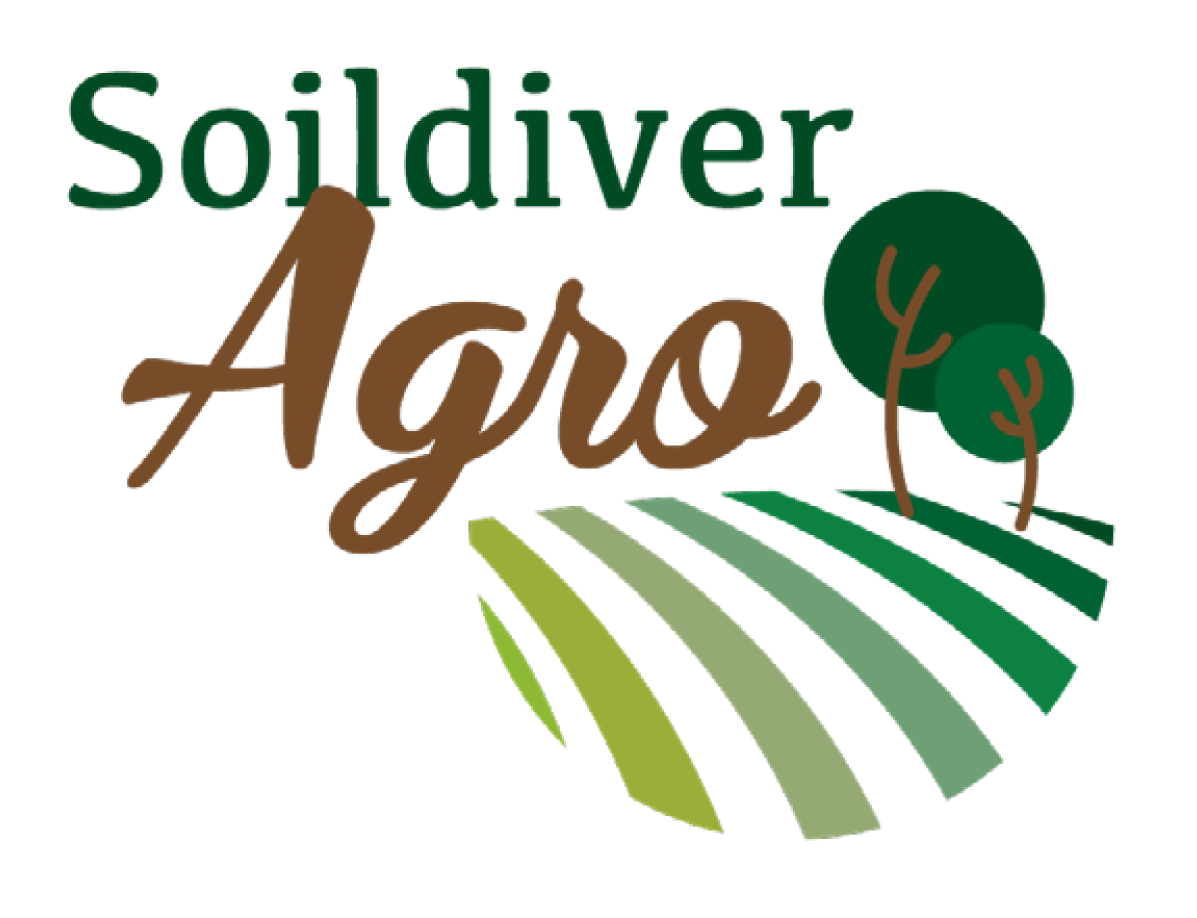Case Study 2
Use of soil biodiversity to increase nutrient and water availability and reduce soil-borne diseases incidence to increase wheat yields. Mediterranean South (Spain)

Which problem will be solved
The wheat cultivation in the area are mainly threatened by low availability of nutrients due to pH > 8 and low water content owing to climatic constraints, with affection of fungi after rainfall events. This makes crop yields be low.State of the art
The wheat cultivation in the area is highly intense in machinery and pesticides use, with low or nil fertilization and absence of rotations, with use of fallow periods to avoid soil exhaustion by cropping.
Objective
The objective of this case study is to increase nutrient and water availability and reduce soil-borne diseases incidence to increase wheat yields.
Proposed management practices
We will introduce multiple cropping and rotations to enhance soil fertility and biodiversity and reduce soil-borne diseases/pests incidence, add green manure to improve soil structure and soil water holding capacity and addition of nutrient solubilizing biological agents (plant growth promoting bacteria (PGPB).
Progress with the case study in relation with the state of the art
Finding adequate crop rotations/multiple cropping to manage soil biodiversity, not performed so far with this aim. Assessment of PGPB on soil biodiversity, since it has been proved their efficiency to enhance yields, but little is known about their effect on native microbial communities and time evolution. Maybe plant combination and organic matter addition could enhance native soil biodiversity with no need for bioaugmentation.

